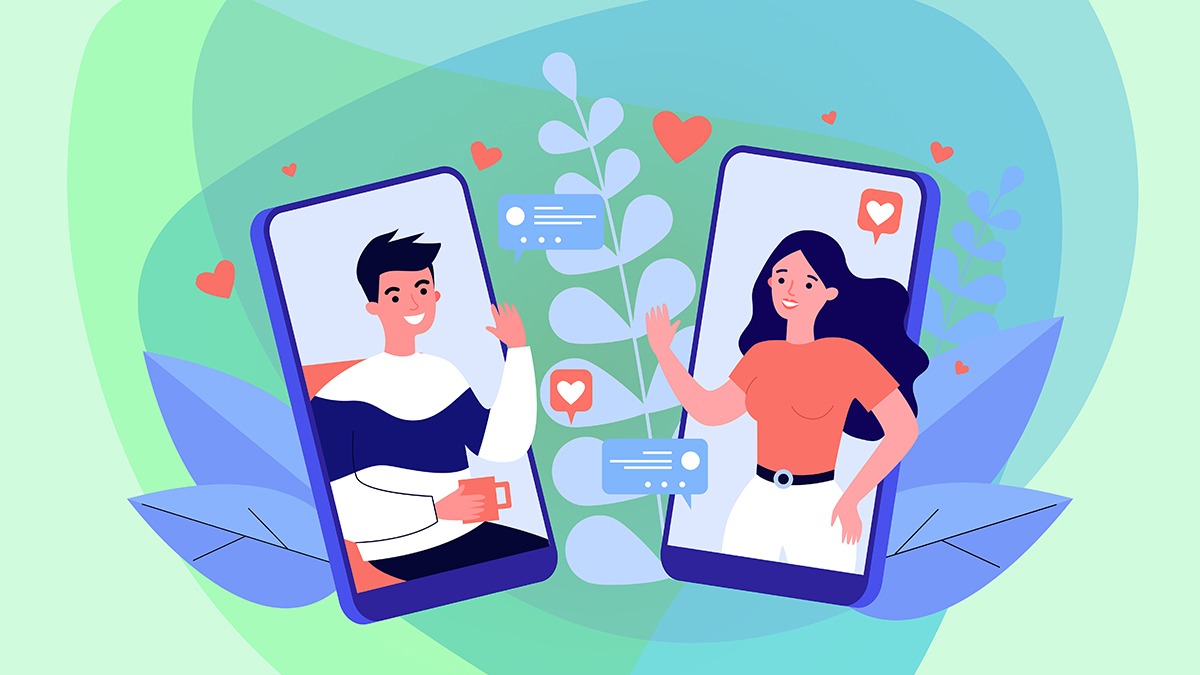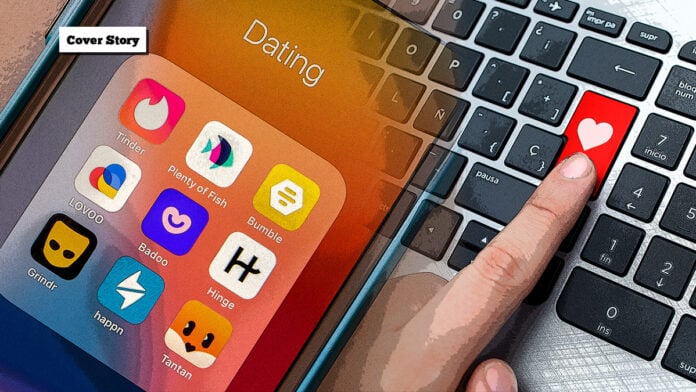There’s an irony when talking about tech and relationships. We often hear that technology is ruining relationships and that the intimacy of relationships has fizzled out because of our phones and other screens. Yet technology has also enhanced relationships, made connections accessible, and opened the possibility of relationships that might never have happened.
How tech has improved relationships
Technology has changed how we build relationships, whether romantic or not. You may not notice it at the time, but we utilize technology every day to maintain our current relationships.
Communication is credited as one of the major factors in keeping a healthy relationship. Of course, talking every day to a significant other is already natural for most of us. For those living together, this is no problem, but for those apart – that’s no problem either. The arrival of phones (both mobile and landline), the internet, and social media has made it possible to talk and stay in touch with your loved ones instantaneously. Video calling, in particular, has brought a new level of closeness, bridging the gap for families and couples separated by distance.
The same technology that opened the door to daily communication has also changed the way we enter relationships. Prior to the digital age, there were pen pals. When the internet came, there were message boards and chat rooms. Now, apps like Discord have opened the door to meeting more people with the same hobbies or interests as you, expanding the possibilities for both friendships and romantic connections.
Technology is also bringing people together by creating new experiences that can be enjoyed together even when separated. Gaming is a great example, allowing friends or couples to play together despite physical distance. There’s also streaming, which opened the door for movie night dates at home or watch-along parties so that friends can get together and enjoy a single movie or show even when far apart. These shared experiences foster connection in ways that were unimaginable a few decades ago.
Online Dating: A product of years of change
Of course, the most concrete examples of technology changing relationships are online dating sites or apps. Online dating apps started in 1965 when undergrad students at Harvard created a matching quiz called Operation Match. The program involved Ivy League students answering a 75-question paper questionnaire, which was then transferred into punched cards to be processed on an IBM 7090 computer. Respondents would later receive a printout listing five potential matches.
Online dating boomed during the dot-com and post-dot-com eras of the 1990s and early 2000s. Some of the biggest online dating websites started during this era. However, online dating shifted a bit more with the arrival of social networking websites like Friendster, Myspace, and, of course, Facebook. When smartphones arrived and apps took over, online dating evolved further, leading to the rise of dating apps like Tinder and Bumble.
Online dating and dating apps have opened the doors for people to get into relationships they wouldn’t have otherwise. They have bridged the distance gap and allowed people to meet others from all over the world. At the same time, they have also changed traditional courting rituals. People now have more information about who a person is before meeting up, sometimes even establishing a relationship without ever having met in person.
Online dating and relationships have also become much more accepted. In earlier days, skepticism about online relationships was common. After all, how could two strangers build a real connection without meeting? But as our world has become more digitalized and interconnected, online dating has not only become the norm but also a proven way for people to find love and companionship.

New opportunities bring new challenges
Even with the benefits technology has brought to relationships, we must also consider the new challenges it has introduced. Many feel that technology has created a sense of isolation or barriers, as people prioritize their screens over physical presence. Privacy concerns and trust issues also linger as byproducts of our hyper-connected lives.
The same tech that brought faster communication also brought with it unique challenges, like distractions. Our phones often dominate our lives, creating invisible barriers of distraction that prevent physical interactions. It’s common to see friends or families enjoying a meal together while glued to their screens. Even at home, phones and screens demand so much of our attention that they sometimes take precedence over real-life relationships. This screen dependency can lead to feelings of artificial isolation. You’re not alone, but the lack of meaningful physical interaction makes you feel isolated.
Faster communication and interconnectivity have also raised privacy concerns. Private messages and media are often shared without the other party’s consent. Fortunately, laws in many countries now recognize this as a crime. Still, the potential for trust issues remains. Miscommunications and hidden interactions can cause breakdowns in trust, straining even the strongest relationships.
The internet also presents risks from unscrupulous individuals. While online dating sites facilitate connections, they have also become breeding grounds for scams and other crimes. In the age of AI and deepfakes, these dangers have become even more sophisticated. Criminals are finding new ways to exploit technology, making vigilance more important than ever.
A changing landscape
Technology has truly changed the way we get into relationships, experience them, and see them. These changes are both positive and negative and often depend on how we use the tools at our disposal. We can level up our relationships with new experiences, but the same technology can also distract us from what’s important. As technology evolves, so will our relationships with each other and with technology itself. Finding balance and prioritizing meaningful connections will be key to navigating this ever-changing digital landscape.
Words by Gabriel John Pe
Also published in GADGETS MAGAZINE Vol. 25 No. 6 Issue.
